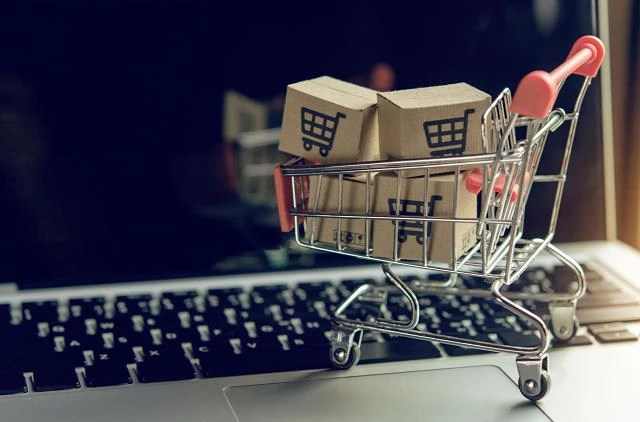The Last Mile Advantage: Research Shows Delivery Experiences Will Drive Consumer Loyalty In 2024
The ecommerce industry has experienced significant shifts, with consumer spending habits and delivery logistics at the forefront of these changes. Online businesses face the dual challenge of adapting to new consumer preferences while ensuring operational efficiency.
Consumer Spending Trends and Predictions for 2024
The year 2023 saw a noticeable consumer shift towards “mindful spending,” influenced by economic fluctuations and inflation. This trend led to a surge in online shopping, particularly during the holiday season, indicating a preference for the convenience and choices offered by ecommerce platforms.
Looking ahead to 2024, we can anticipate a further evolution of mindful spending patterns, with consumers likely to balance online and in-store purchases to maximize choice. Merchants must recognize the increasingly critical role of delivery and shipping in meeting these evolving consumer behaviors.
Challenges Faced by Ecommerce Businesses in 2023
Ecommerce businesses encountered several complexities in 2023, including growth amid increased costs, evolving consumer expectations, and heightened competition in digital marketplaces. One of the key challenges was meeting customers’ high expectations for affordable and fast shipping, necessitating strong carrier partnerships and efficient execution.
Furthermore, with online marketplaces generating substantial revenue during the peak season, merchants faced pressure to sell across multiple channels. However, several tools and strategies exist to help businesses turn these challenges into growth differentiators, such as shipping and returns software and competitive shipping rates.
Crucial Aspects of Delivery in 2024
Affordable, fast shipping options are fundamental to customer retention, and consumers expect deliveries within four days or less, highlighting the importance of speedy and reliable fulfillment. Additionally, consumers value the ability to choose when and how they receive their packages, as well as clear and timely tracking updates.
On the Other hand, handling returns for online purchases continues to be a challenge for both consumers and merchants. To enhance the delivery experience, merchants should focus on offering affordable shipping, flexible delivery options, clearer tracking updates, and timely tracking notifications.
Challenges in Returns and Strategies for Improvement
Returns have historically been plagued by unclear policies and logistical complexities, impacting both customer loyalty and businesses’ bottom lines. A significant percentage of consumers are less likely to Shop with brands that have complicated return processes, indicating the need for streamlined and transparent return policies.
Regarding the issue of charging for returns, despite its potential cost-saving benefits for merchants, it can drive customers away, ultimately harming long-term Business. To address these challenges, online merchants should implement clearer return policies, ensure swift refunds, provide reliable tracking, and ideally offer free returns.
Strategies for Ecommerce Success in 2024
As ecommerce businesses face growing pressure and competition, they must balance catering to the evolving needs of consumers while sustaining their own growth. This requires prioritizing flexibility, transparency, and seamless returns to enhance the fulfillment and delivery experience, thus fostering lasting brand loyalty.
By offering diverse delivery options, instilling transparent communication, and simplifying the returns process, online sellers can navigate and succeed in the competitive ecommerce landscape of 2024. Adaptation to these changing consumer demands is essential, and advancements in delivery strategies will play a significant role in driving consumer loyalty.
Source: forbes








No Comments